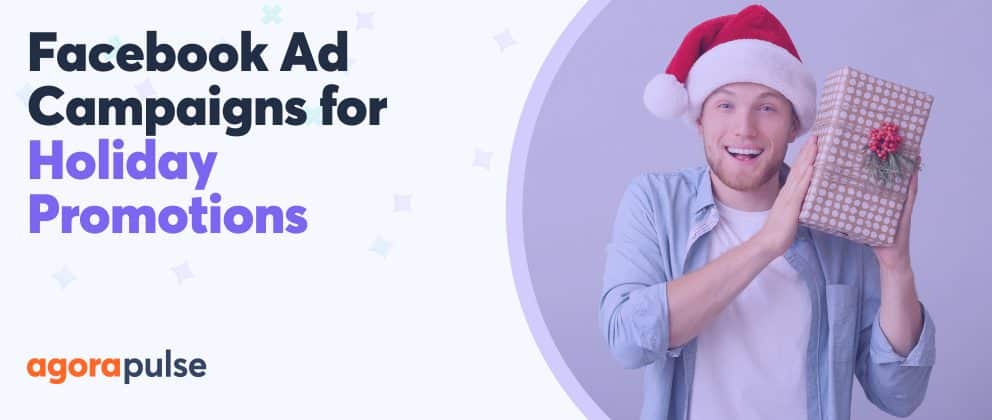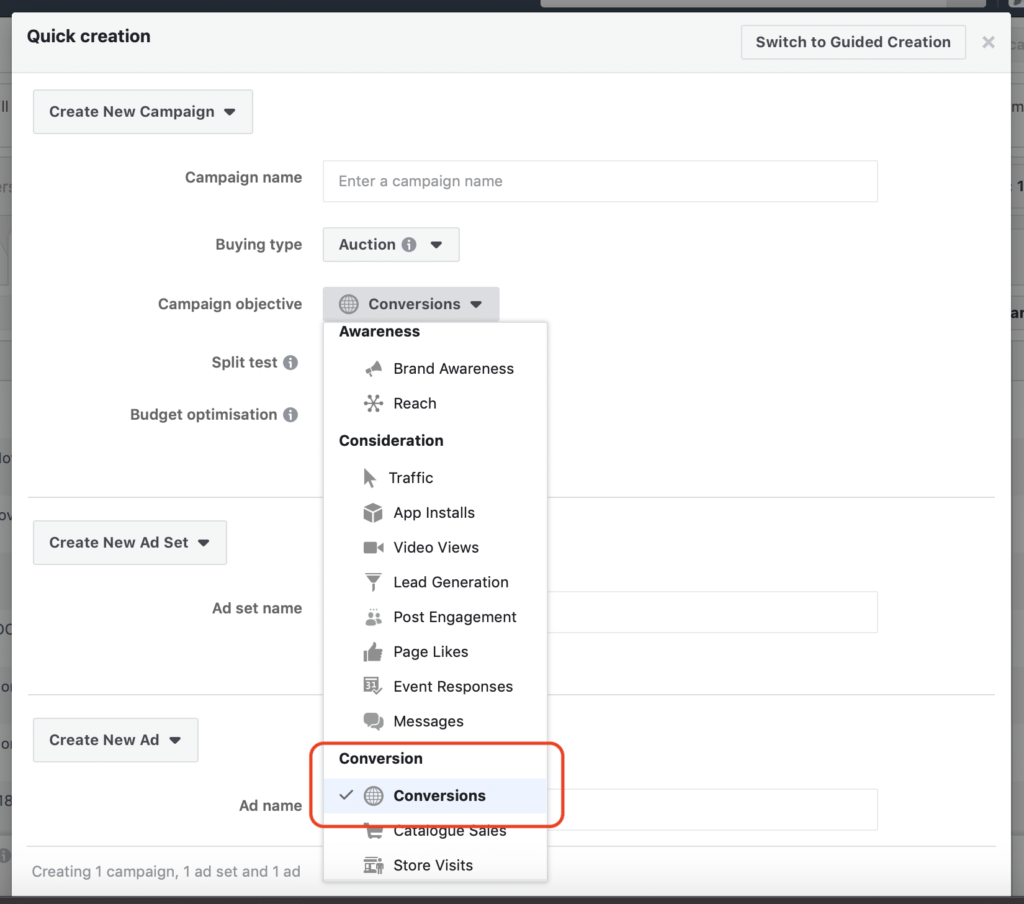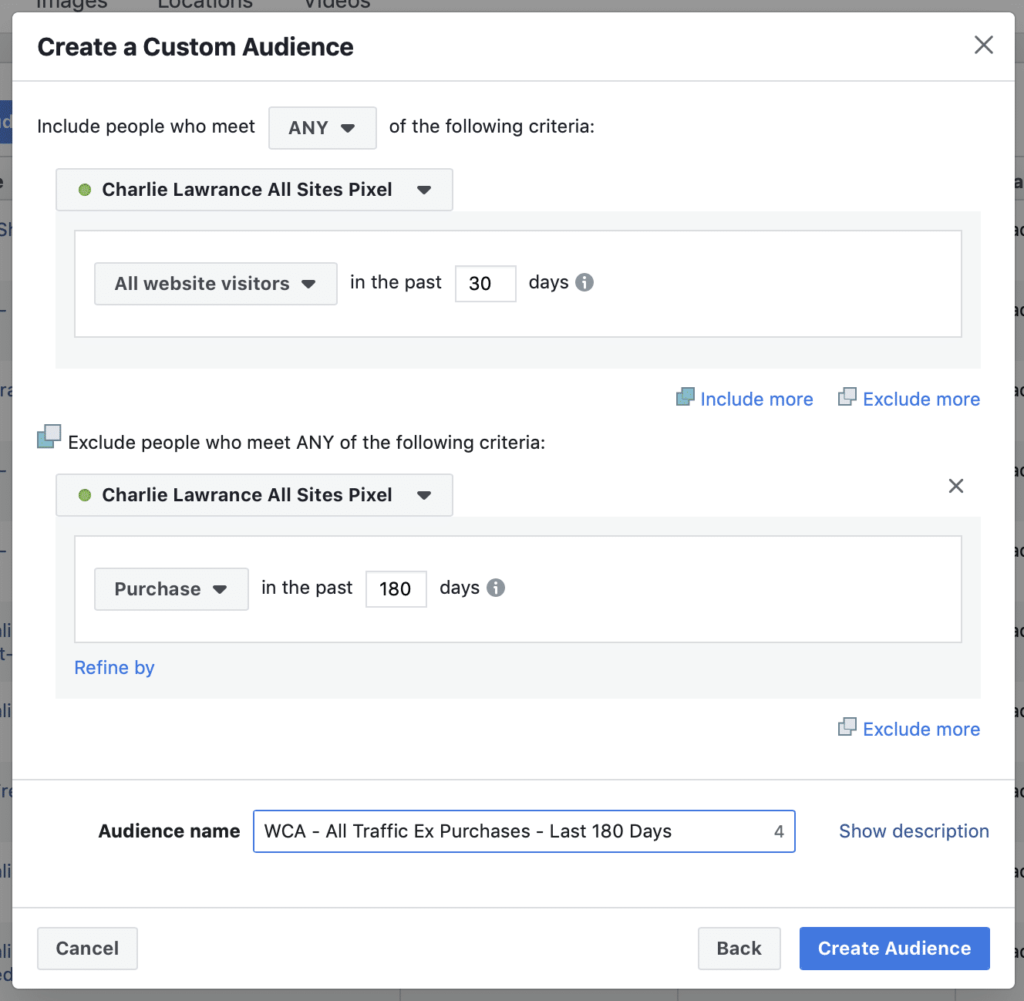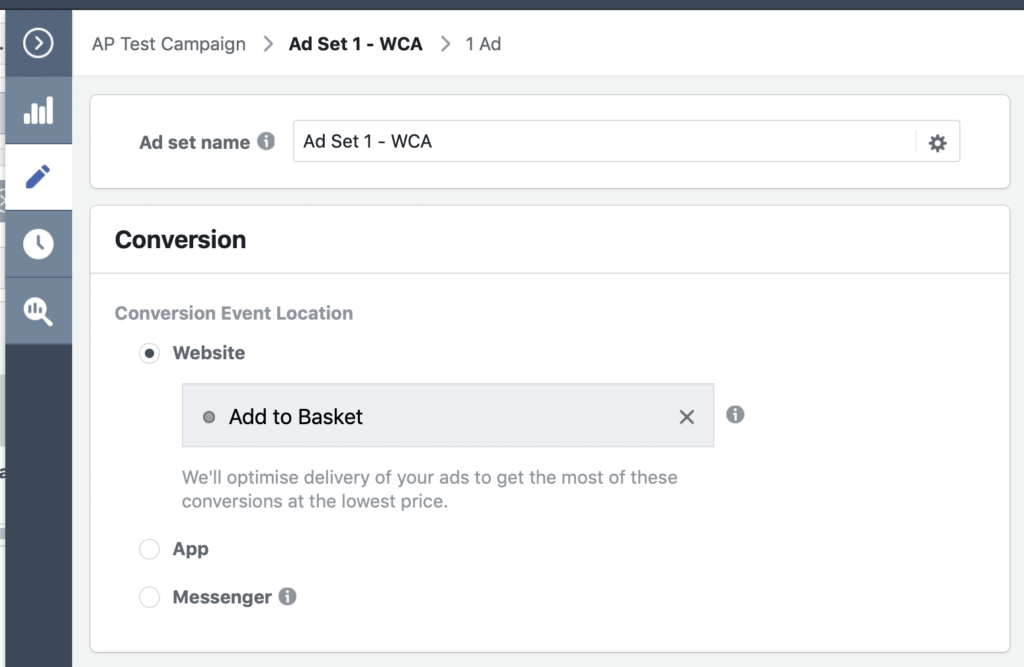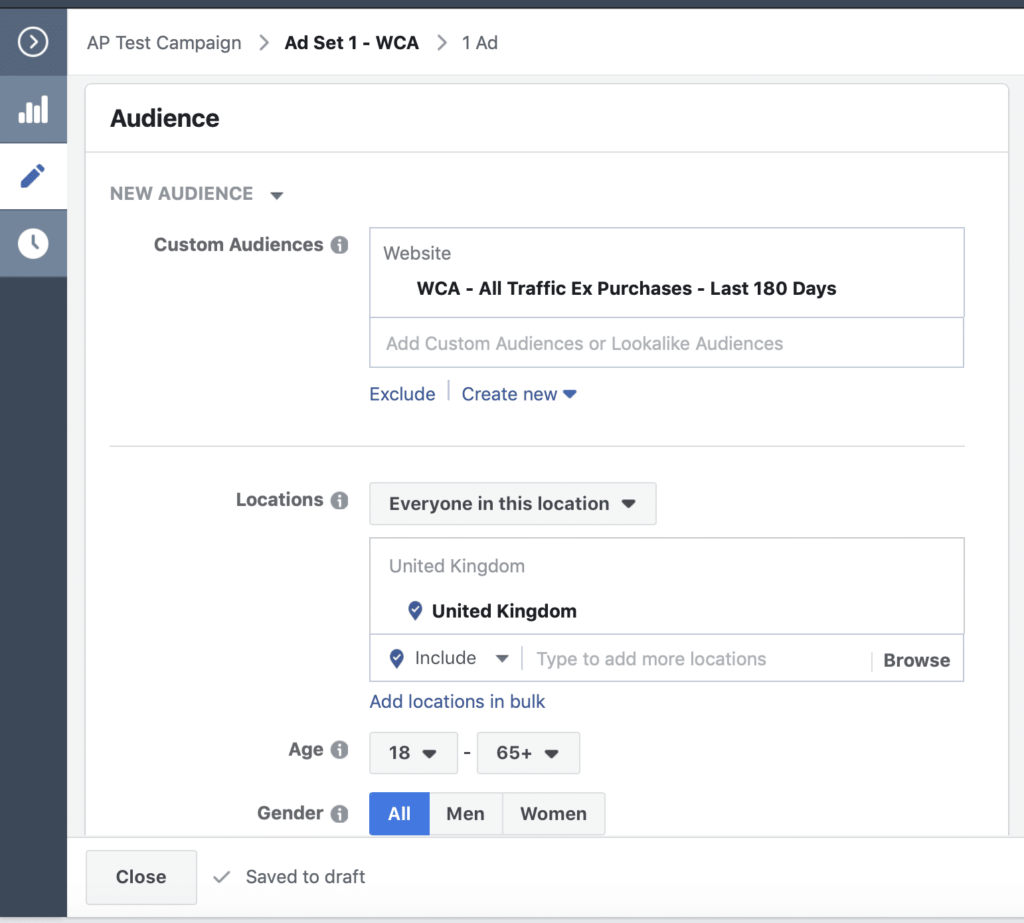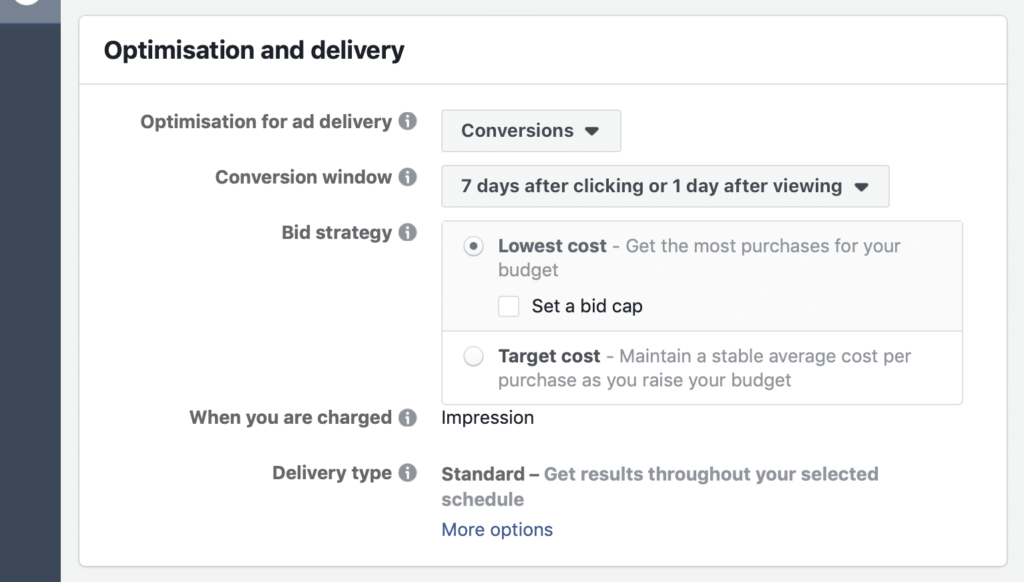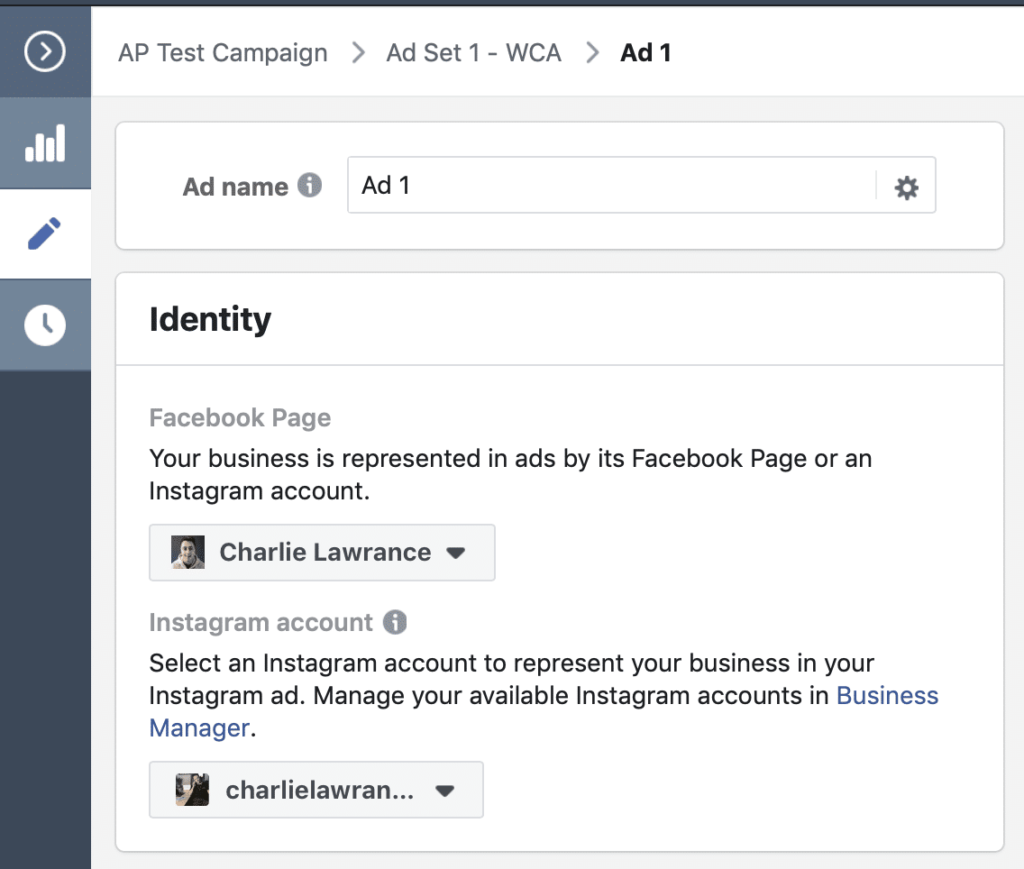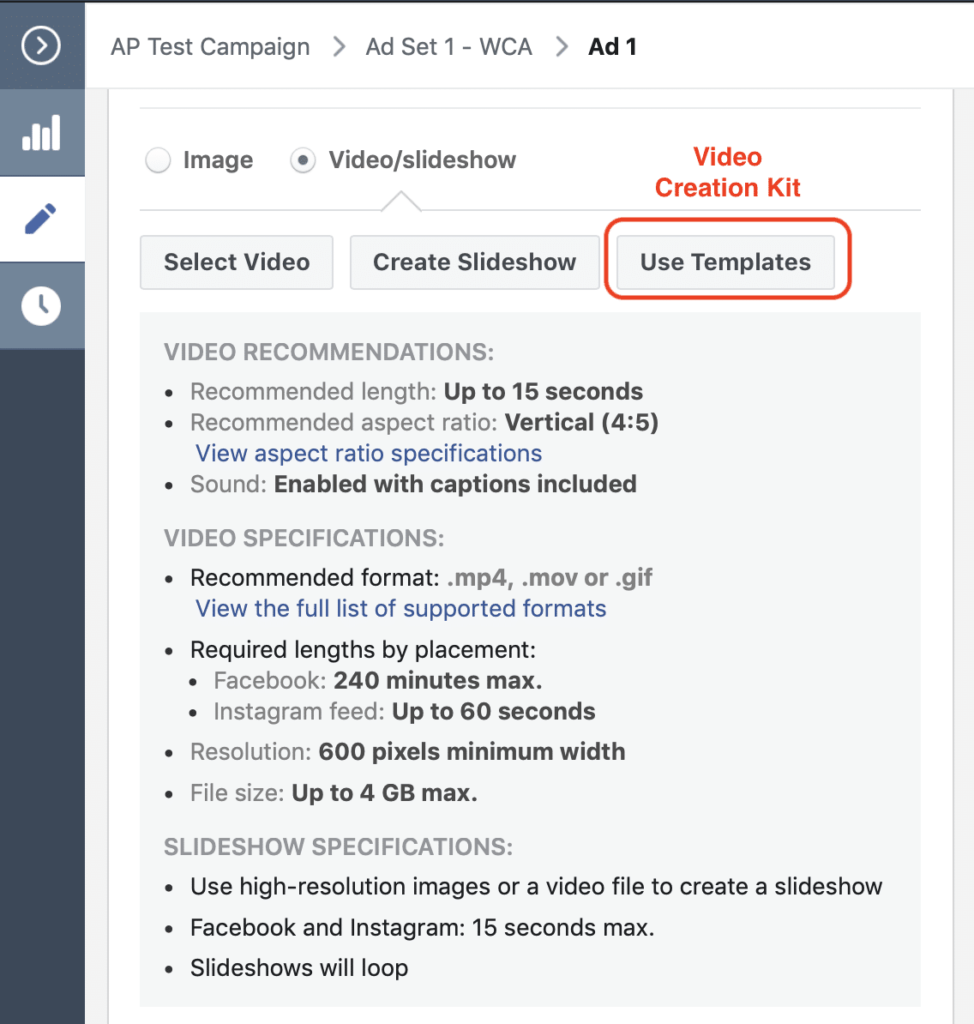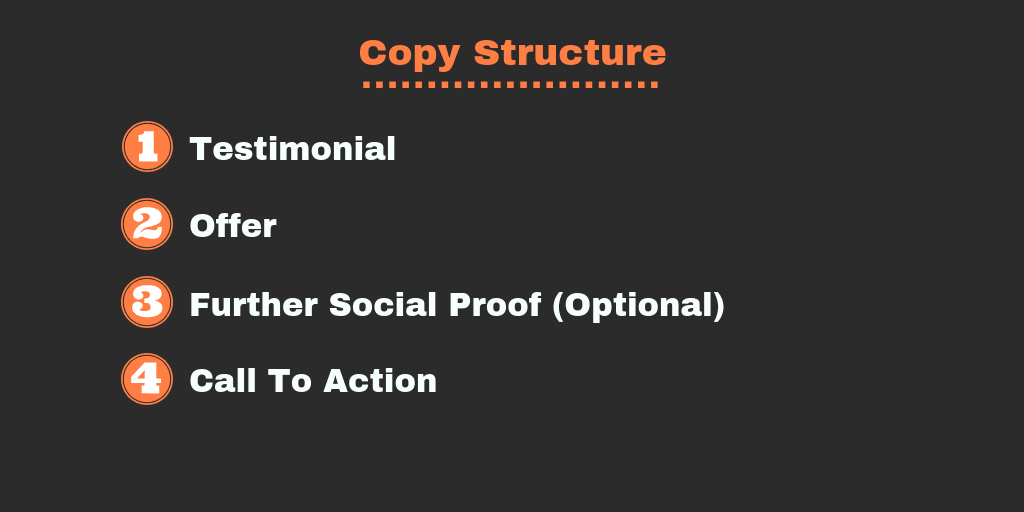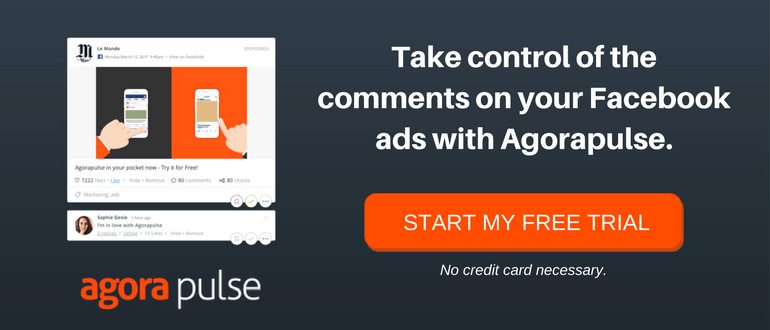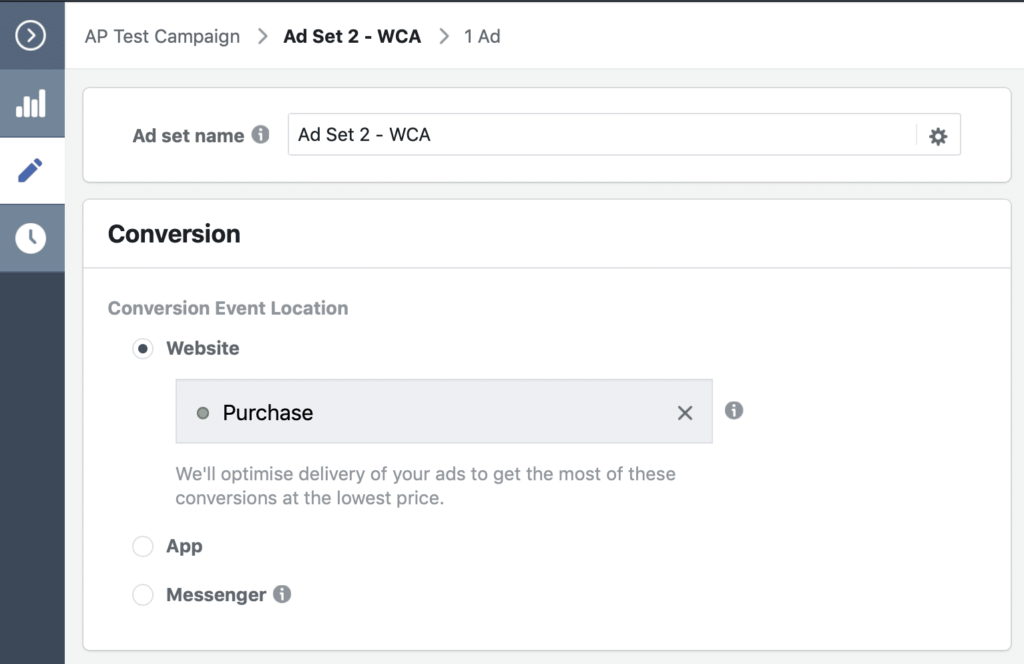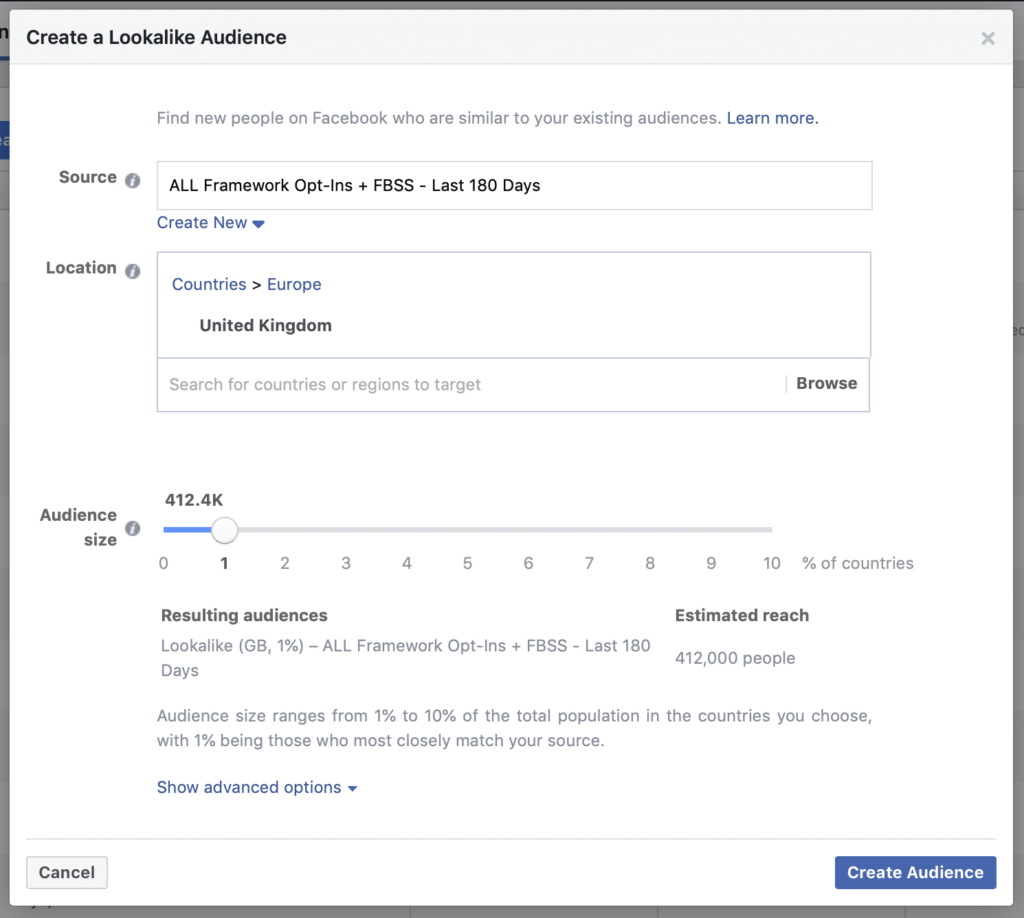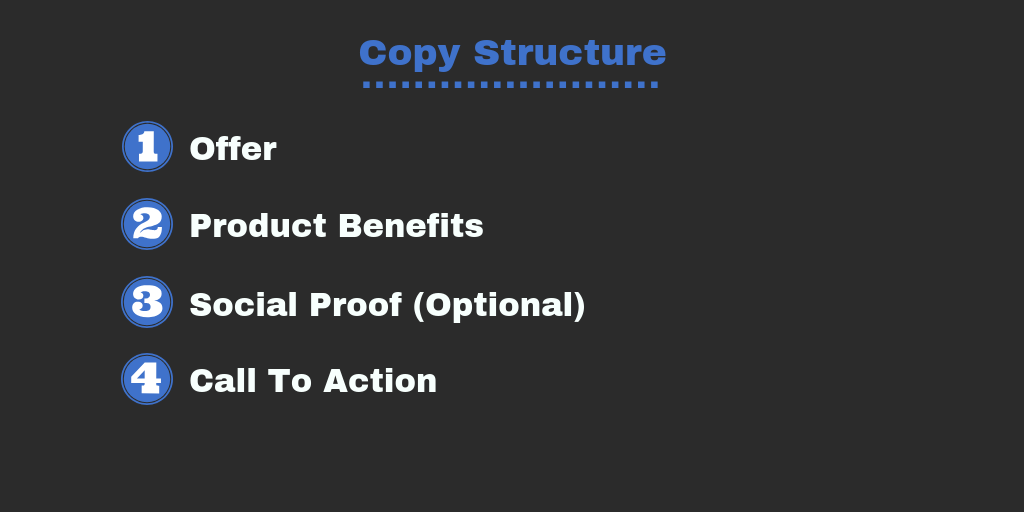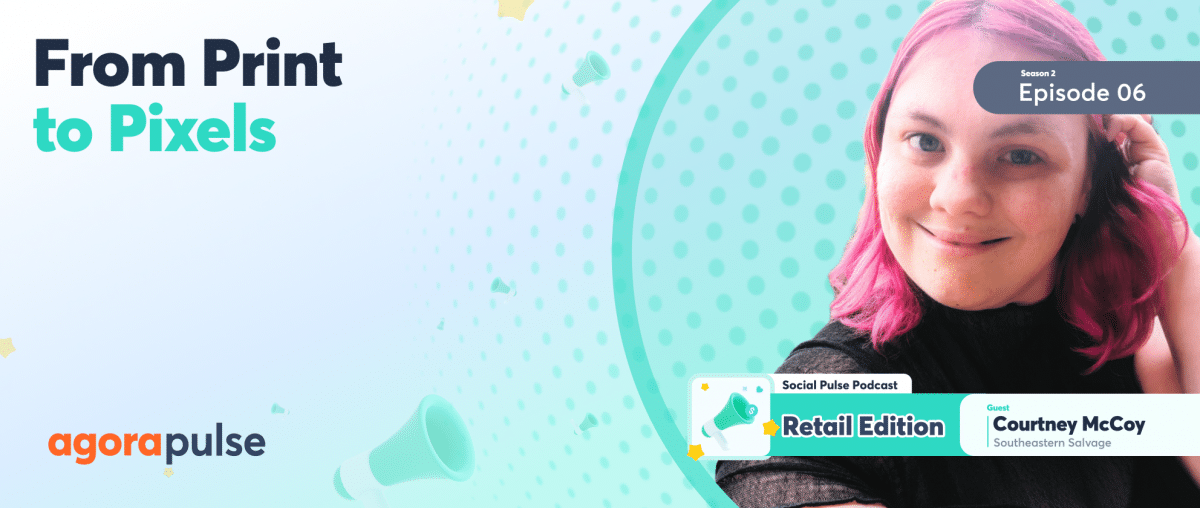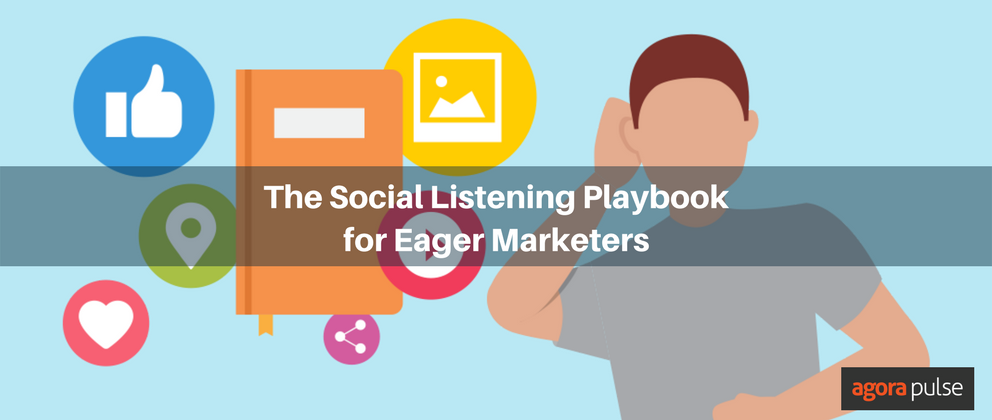The last quarter of the year is one of the busiest times for advertisers as consumers spend more in the holiday build-up.
Facebook, in particular, sees an increase in advertisers who jump on the platform. As a result, we’ve seen CPMs more than double from last year.
The competition is stronger than ever and the cost is going up. That’s why you need to be at your best to stand out and succeed on Facebook.
Here’s how to build two different types of winning Facebook ad campaigns for your holiday promotions.
Campaign 1: Using Website Re-marketing
The first campaign that you’ll want to run is a level 2 re-marketing (or website re-marketing) campaign. This is what I call an easy wins campaign because it targets your existing website traffic. This is your hottest audience, made up of people who already know who you are and may want to buy.
NOTE: To run this type of campaign effectively without encountering ad fatigue issues, you need to have the Facebook pixel installed on your website. And you should’ve had enough visitors to build a website custom audience of at least 5k.
Ready? Let’s dive into the details.
1. Choose your campaign objective
Like with all Facebook ad campaigns, start with your campaign objective. There are currently 14 different objectives that you can choose from, so which should you use for your Level 2 campaign?
You want your target audience to come back to your website and purchase, so you want to use the conversion objective. The event action that you optimize for will depend on your website custom audience size. The smaller the audience size the further up your sales funnel the action will be that you optimize for.
I’d recommend starting with optimizing for the Add To Cart action as there will be more people in that action bucket than in the Purchase one. Then, test Purchase optimization, depending on the results.
In Ads Manager, click Create a campaign and choose the quick creation workflow. Under Campaign objective select Conversions.
Finally, name your campaign and click Save to Draft.
2. Choose your target audience
The next step is to choose your targeting at the Ad Set level of your new campaign.
As you want to target people who have visited your website, create a website custom audience. This is how you group your website traffic and set audience conditions.
Next, navigate to your Audiences dashboard using the Ads Manager menu. Click on create an audience and select Custom Audience. This will open the custom audience category window.
Now select, Website traffic to open the website custom audience creation window.
You are going to create an advanced website custom audience that groups everyone that has visited the website but has not purchased.
To do this, keep the default option selected for All website visitors and in the duration field choose 30 days. This will group all of your pixeled website visitors who visited in the last 30 days.
Next, click Exclude and from the criteria drop-down, under events, choose the Purchase event and set the time duration as 180 days. We want to exclude as many existing customers as possible as this is a new customer acquisition campaign.
Click Create an audience. It can take up to an hour to populate. Click here to learn how to build other types of website custom audiences that you can use in your campaigns.
Navigate back to your Ad Set and at the top, choose the Add to Cart conversion event in the Optimization section.
In the Audience section, from the Custom audiences field, select the Website custom audience that you have just created.
Leave the rest of the Ad Set targeting as default as you don’t need to use any age or detail targeting because you are targeting an already segmented audience.
Complete the rest of your Ad Set as follows. Under Placements, choose Edit placements and exclude all placements apart from Facebook Feeds and Instagram Feeds.
Next, in the delivery and optimization section, leave it as default. Optimizing for conversions, with the 7 days after clicking or 1 day after viewing conversion window, lowest cost bidding (no cap) and being charged for impressions.
3. Choose your ad format and create your ad
The final step to creating a Level 2 re-marketing campaign is to create the ad which will be shown to your audience.
Navigate to the ad level of your campaign and at the top, select your Facebook page and Instagram business profile.
Next, choose your ad format. There’s no right or wrong format to use, but I’d recommend using some type of video creative, such as a product video or even an image-based slideshow video created using Facebook’s new Video Creation Kit.
To use video creative, select the single image/video format. Then choose your video by either selecting an existing one, creating one using the Video Creation Kit or uploading one from your computer.
Let’s talk ad copy, as it is just as important as the creative that you use in your ad. With Level 2 re-marketing campaigns you want to use the RTM Method. These are three ad copy types which include: Reminders, Testimonials, and Messenger.
In this example, we’ll use Testimonial based ad copy as it helps to build social proof and trust. In the text section of your ad, start your copy with a testimonial of the product you are featuring in your creative.
Under the testimonial, present your discount offer such as “Get 10% OFF using the discount code FB10” and add any further social proof, such as “join thousands of happy customers.”
Finally, add your call to action text, such as “Click the shop now button to get started”.
Next, add your link to the URL field below the text field. Then reiterate the offer you mentioned in the ad copy in the headline section. Select the Shop Now call to action button from the call to action dropdown.
Click review to publish your new campaign.
Campaign 2: A Sales Campaign Targeting Cold Lookalike Audiences
If you don’t have the Facebook pixel installed on your website or don’t have enough pixeled traffic, here’s an alternative campaign you can create for your holiday promotions.
Instead of a campaign targeting your hot audiences, you can create a cold campaign targeting your broader target audiences and the hyper-responsive segment within them.
To do this, follow the same three-step process outlined above with the following changes.
1. Use the Purchase optimization with the conversion objective, instead of Add to Cart optimization
As the target audience you use in cold campaigns is larger in size than warm or hot audiences there will be more people in the purchase bucket so you can optimize of this event straight away.
2. Use a Lookalike audience built from the highest quality source audience
At the ad set level of your cold campaign, create a Lookalike audience using the best quality source audience. For a step-by-step guide on how to create Lookalikes click here.
Lookalike audiences are one of the two types of cold audiences, the other being Saved audiences built from interests and behaviors. Lookalikes typically outperform interest audiences because you control the source audience.
Complete the rest of the ad set selecting your placements and delivery and optimization as shown in step 2 of the process above.
3. Remove the testimonial copy and add in product benefits
At the ad level, remove the testimonial copy and move up the product offer and add in product benefits just before the social proof element and the call to action section.
Conclusion
There you have it, two Facebook ad campaigns that you can create for holiday promotions that target your different audiences temperature, one to hot website traffic and the other to cold Lookalike audiences.
Are you running Facebook ads this season? Let me know in the comments!
